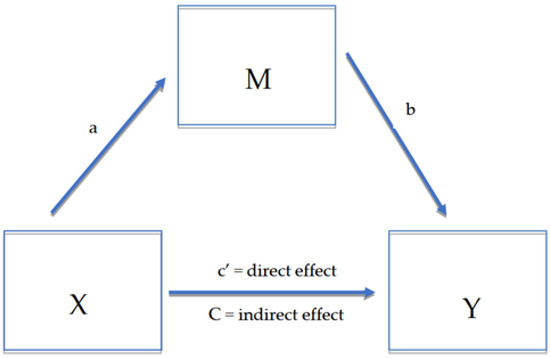Featured Research in Adolescent Health
A topical collection in Adolescents (ISSN 2673-7051).
Viewed by 26978Editor
2. Division of Preventive and Behavioral Medicine, Department of Population and Quantitative Health Sciences, University of Massachusetts Chan Medical School, Worcester, MA 01655, USA
Interests: child and adolescent health; prevention of obesity and cardiovascular disease; social and behavioral determinants of health
Topical Collection Information
Dear Colleagues,
I am delighted to announce this Topical Collection of Adolescents that will feature papers authored and invited by our Editorial Board Members. In addition, we also invite original research that focuses on topics relevant to adolescent health and development for consideration for publication in this Topical Collection. Manuscripts that address the topics listed below will be considered for publication in this Topical Collection.
- Adolescent health and wellbeing;
- Adolescent development;
- Adolescent psychology;
- Adolescent gynecology;
- Adolescent oncology;
- Adolescent psychiatry;
- Adolescent substance abuse;
- School health and wellbeing;
- Bullying, cyberbullying, teen dating violence;
- Youth deviance;
- Youth crime;
- School health promotion policies and practices.
Prof. Dr. Laura L. Hayman
Collection Editor
Manuscript Submission Information
Manuscripts should be submitted online at www.mdpi.com by registering and logging in to this website. Once you are registered, click here to go to the submission form. Manuscripts can be submitted until the deadline. All submissions that pass pre-check are peer-reviewed. Accepted papers will be published continuously in the journal (as soon as accepted) and will be listed together on the collection website. Research articles, review articles as well as short communications are invited. For planned papers, a title and short abstract (about 100 words) can be sent to the Editorial Office for announcement on this website.
Submitted manuscripts should not have been published previously, nor be under consideration for publication elsewhere (except conference proceedings papers). All manuscripts are thoroughly refereed through a single-blind peer-review process. A guide for authors and other relevant information for submission of manuscripts is available on the Instructions for Authors page. Adolescents is an international peer-reviewed open access quarterly journal published by MDPI.
Please visit the Instructions for Authors page before submitting a manuscript. The Article Processing Charge (APC) for publication in this open access journal is 1000 CHF (Swiss Francs). Submitted papers should be well formatted and use good English. Authors may use MDPI's English editing service prior to publication or during author revisions.






